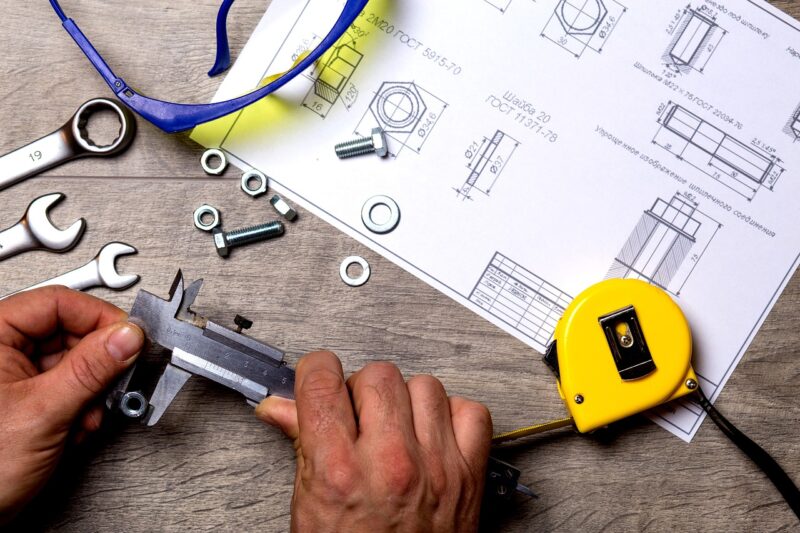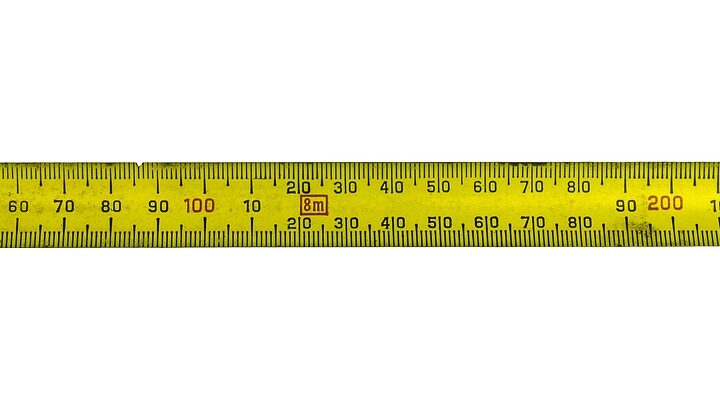How to Convert Units Across Different Measurement Systems Easily
November 12, 2024

Converting units is a fundamental skill that everyone should master, whether in academia, the kitchen, or during daily life. Although it may seem tedious at times, learning how to convert units across different measurement systems is essential in our increasingly globalized world. From cooking and science to travel and finance, unit conversion plays a pivotal role.
In this article, we will delve into the various measurement systems, discuss the importance of unit conversion, and provide easy methods and tips for converting units efficiently.
1. Understanding the Measurement Systems
To effectively convert units, it’s crucial to understand the most commonly used measurement systems:
- Imperial System: Primarily used in the United States, this system includes units such as inches, feet, yards, miles, ounces, pounds, and gallons.
- Metric System: A widely used system across the globe, the metric system includes units like millimeters, centimeters, meters, kilometers, grams, kilograms, and liters. It is based on powers of ten which simplifies calculations significantly.
- USCS (United States Customary System): This is essentially the same as the imperial system and includes most of the same units but has some variances, especially in terms of volume and weight.
Understanding these systems provides the foundation for converting units accurately.
2. The Importance of Unit Conversion
Unit conversion is important for several reasons:
- Globalization: With the world becoming increasingly interconnected, having the ability to communicate effectively in a common language of measurement is crucial. Whether you’re traveling, conducting business, or studying international science, unit conversions are often necessary.
- Scientific Accuracy: Scientific research often relies on precise measurements. Converting units ensures that experiments, results, and data are accurately interpreted and compared across different studies.
- Practical Application: Practical tasks like cooking or home improvement often require conversions. Recipes might use metric units while your measuring cups might be in imperial units, so knowing how to convert ensures your success in many tasks.
Understanding and mastering unit conversions can simplify many aspects of your life.
3. Basic Unit Conversion Formulas
Before diving into practical examples, let’s take a look at some common unit conversion formulas that are essential to know:
- Length Conversion:
- 1 inch = 2.54 centimeters
- 1 foot = 0.3048 meters
- 1 mile = 1.60934 kilometers
- Mass Conversion:
- 1 ounce = 28.3495 grams
- 1 pound = 0.453592 kilograms
- Volume Conversion:
- 1 fluid ounce = 29.5735 milliliters
- 1 pint = 0.473176 liters
- 1 gallon = 3.78541 liters
These formulas are fundamental for anyone looking to perform unit conversions effectively.
4. Converting Units Step-by-Step
Now that you have a grasp of the measurement systems and basic formulas, let’s go through a step-by-step guide on how to convert units:
Step 1: Identify the Units You Are Converting
Clearly define the units involved in your conversion. For example, if you are converting 10 miles to kilometers, identify that you are changing miles to kilometers.
Step 2: Use a Conversion Factor
Utilize the appropriate conversion factor. From our earlier example:
– 1 mile = 1.60934 kilometers
So for 10 miles:
– 10 miles * 1.60934 km/mile = 16.0934 kilometers
Step 3: Double Check Your Work
It’s always wise to double-check by converting back to the original unit. If you convert 16.0934 kilometers back to miles:
– 16.0934 km * 1 mile/1.60934 km ≈ 10 miles
This reassures that your conversion was accurate.
5. Tools for Converting Units
In today’s digital age, there are various resources available to assist you with unit conversions:
- Conversion Apps: Numerous mobile apps allow you to convert units quickly, making them ideal for when you’re on the go. Apps like “ConvertUnits” and “Unit Converter” are popular options.
- Online Conversion Calculators: Websites like “ConvertMe” and “UnitConversion.org” offer straightforward unit conversion tools that require minimal input from users.
- Calculator Functions: Many scientific calculators have built-in features for converting between different units, which can be handy for students and professionals alike.
While technology can facilitate conversions, knowing the foundational formulas and methods is beneficial for understanding the outcome.
6. Practice Makes Perfect
As with any skill, practice is crucial to mastering unit conversions. Experiment with various units in different scenarios:
- Try converting recipes between metric and imperial measurements while cooking.
- Work on problems involving distance and speed, like converting miles per hour to kilometers per hour.
- Challenge yourself with real-life problems, such as determining how many liters of gasoline you will need for a road trip that covers a certain number of miles.
Through continuous practice, you will become proficient and confident in your ability to convert units across different systems.
Conclusion
Mastering the art of unit conversion not only simplifies daily tasks but also enhances your understanding of the world around you. Whether you’re traveling, studying, or cooking, effective unit conversions are invaluable tools.
With the knowledge of various measurement systems, important formulas, helpful tools, and practice, you’ll find that converting units can become a seamless and easier part of your routine. Embrace the challenge, and make unit conversions a skill you can rely on in all aspects of life!








